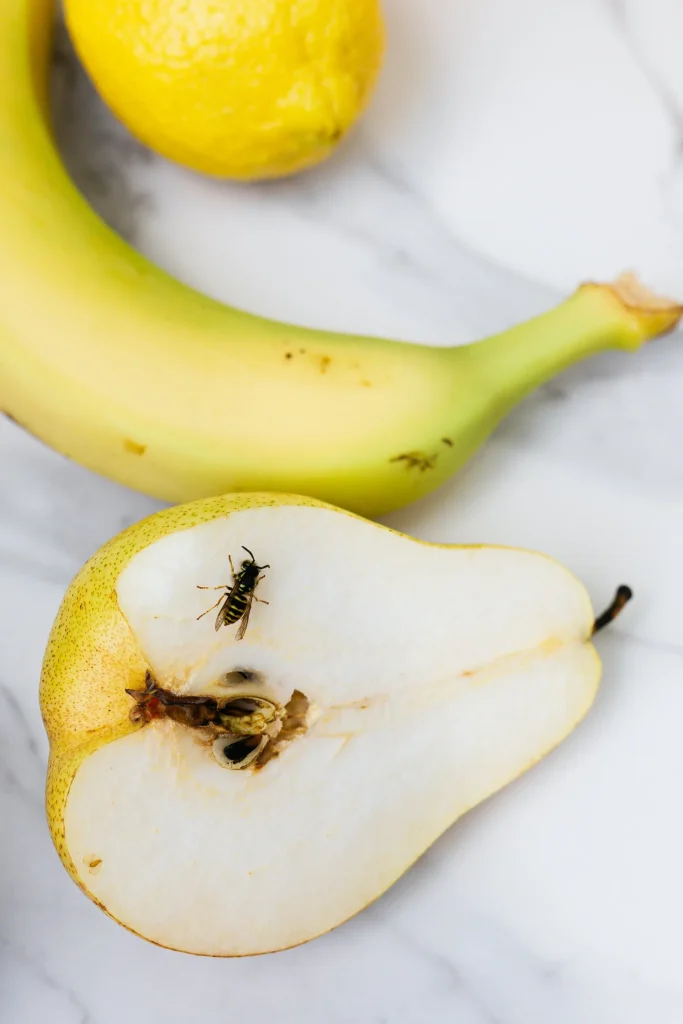Dealing with wasps is a common concern while camping.
A blend of proactive prevention and efficient removal techniques is crucial for a peaceful outdoor experience.
Here’s an expert guide tailored for campers.
Strategies for Removing Wasps at Campsites:
- Nest Identification: Start by pinpointing the wasp nests, possibly in tree hollows or burrows.
- Targeted Spray Use: Employ a distance-effective wasp spray on nests during dusk.
- Establish a Safe Zone: Create a no-entry zone for wasps using a barrier spray around your campsite.
- Smoke as a Repellent: Light a controlled fire to produce smoke, which naturally deters wasps.
- Divert with Sweet Baits: Place non-harmful sweet bait away from your camping area to distract wasps.
- Food and Scent Control: Keep all food and sweet substances securely stored.
- Install Fake Nests: Use decoy nests to exploit wasps’ territorial nature.
- Seek Expert Help: For large or risky infestations, consult pest control professionals.

Preventive Measures Against Wasps:
- Favour Unscented Items: Choose toiletries without strong fragrances.
- Wear Appropriate Clothing: Light-coloured, plain clothes are less appealing to wasps.
- Food Safety Measures: Always cover food items, especially sugary ones.
- Strategic Trap Placement: Set up wasp traps around your camping area.
- Lidded Drink Containers: Use drinks with secure covers.
- Effective Trash Disposal: Keep all waste in tightly sealed bins.
- Calm Interaction: Avoid rapid movements when near wasps.
- Employ Natural Repellents: Use citronella, lemon with cloves, or peppermint essence.
- Campsite Inspection: Check for wasp nests when you arrive.
- Avoid Sweet Scents: Refrain from using sweet-smelling beauty products.
- Professional Assistance: In cases of serious wasp problems, contact pest control experts.
Incorporating these methods ensures a more relaxed and enjoyable camping experience, free from the worries of wasp disturbances.
Stay informed and equipped to tackle any wasp-related issues that arise.



